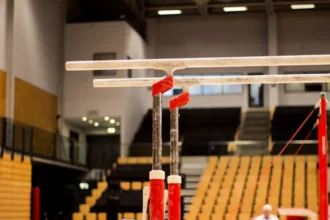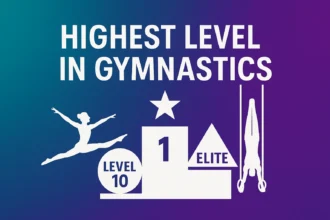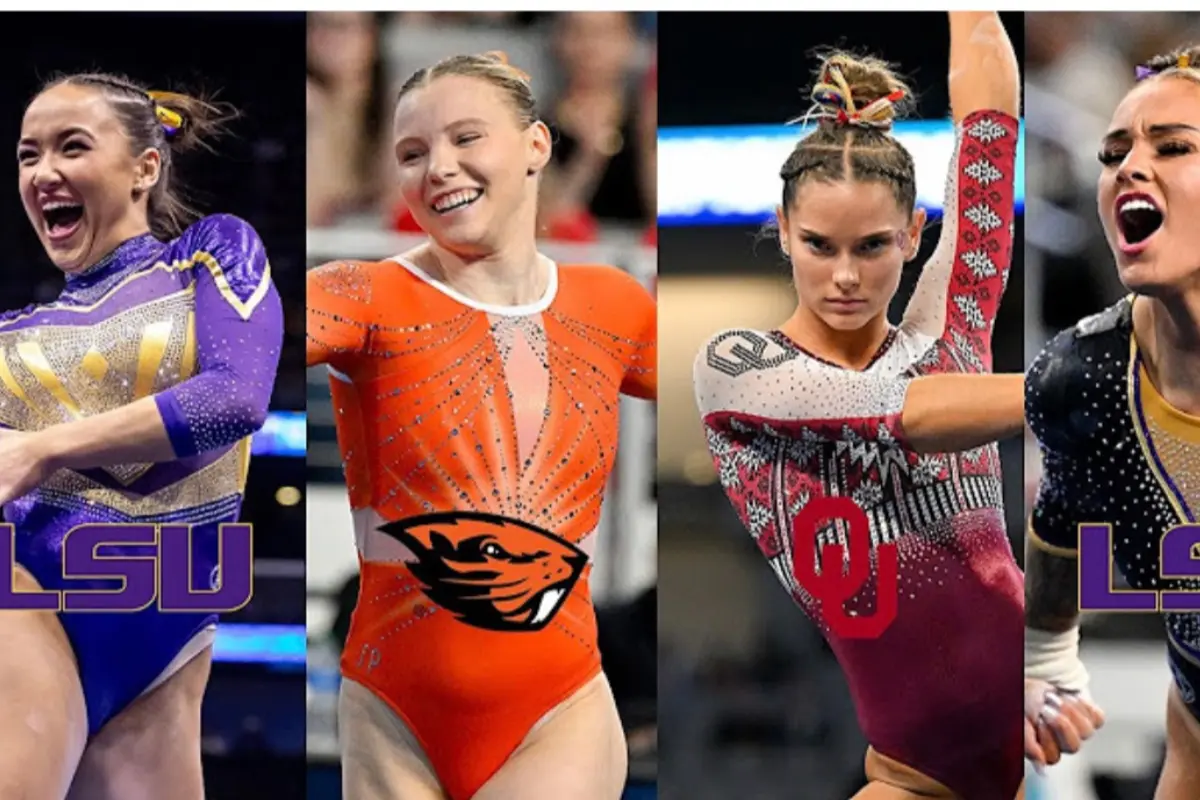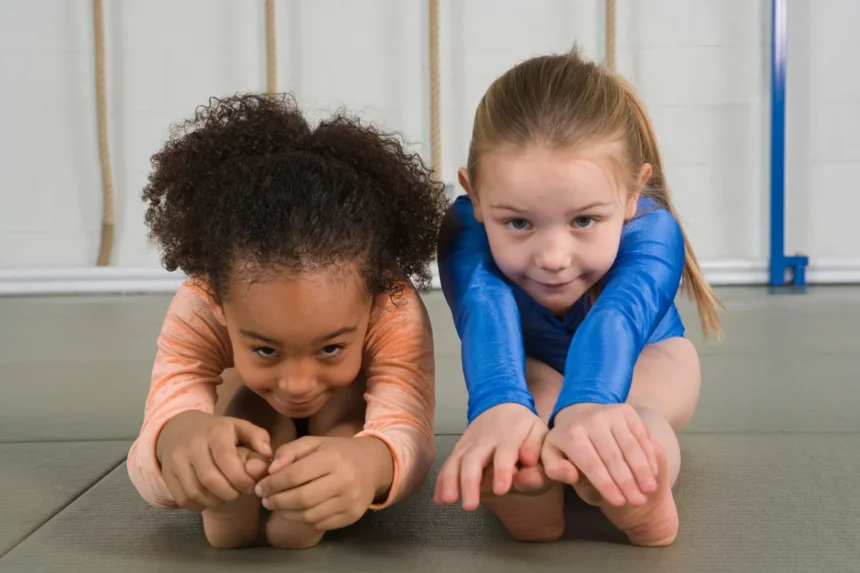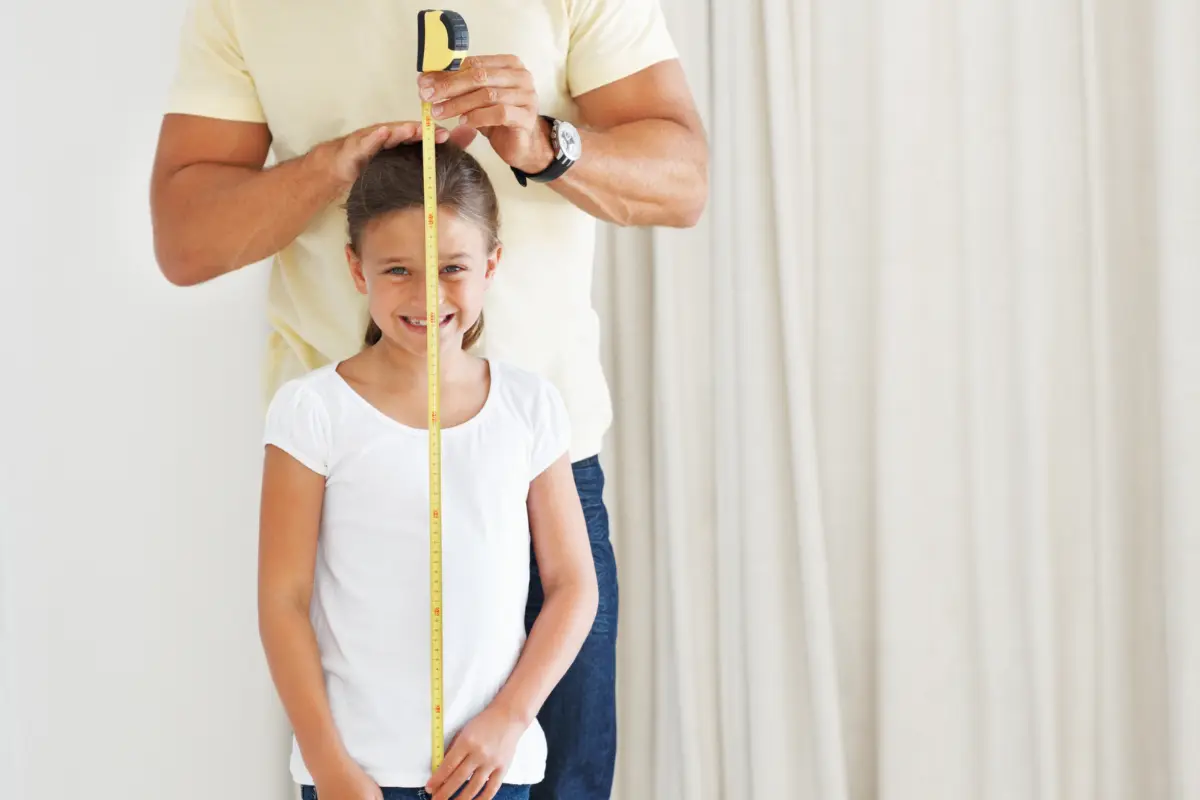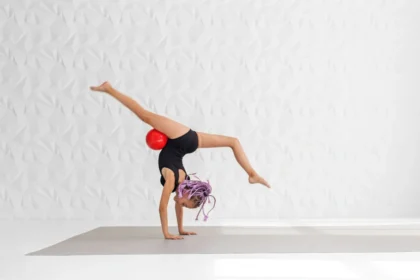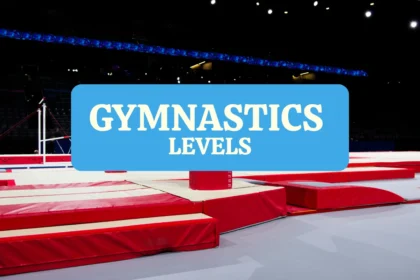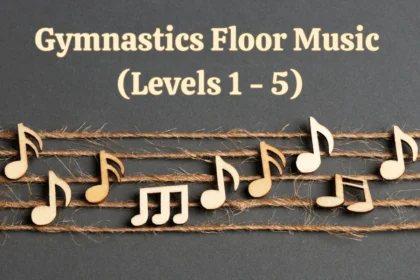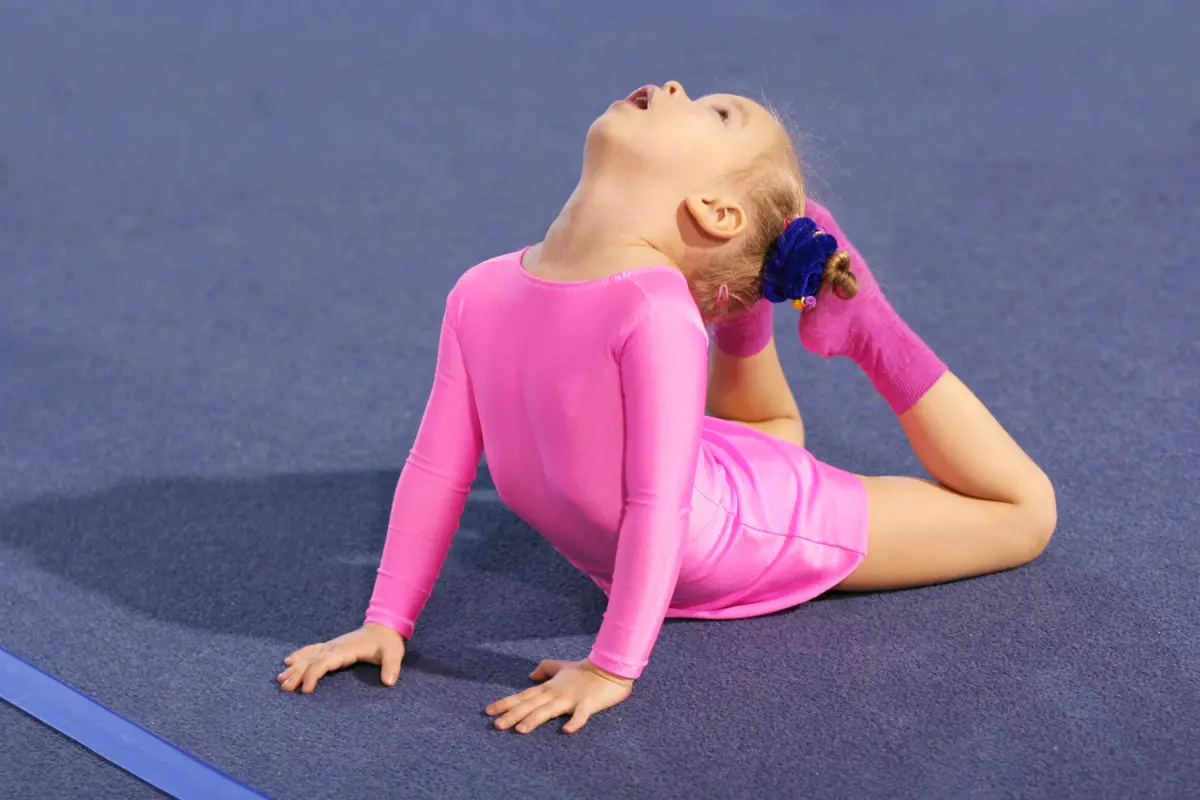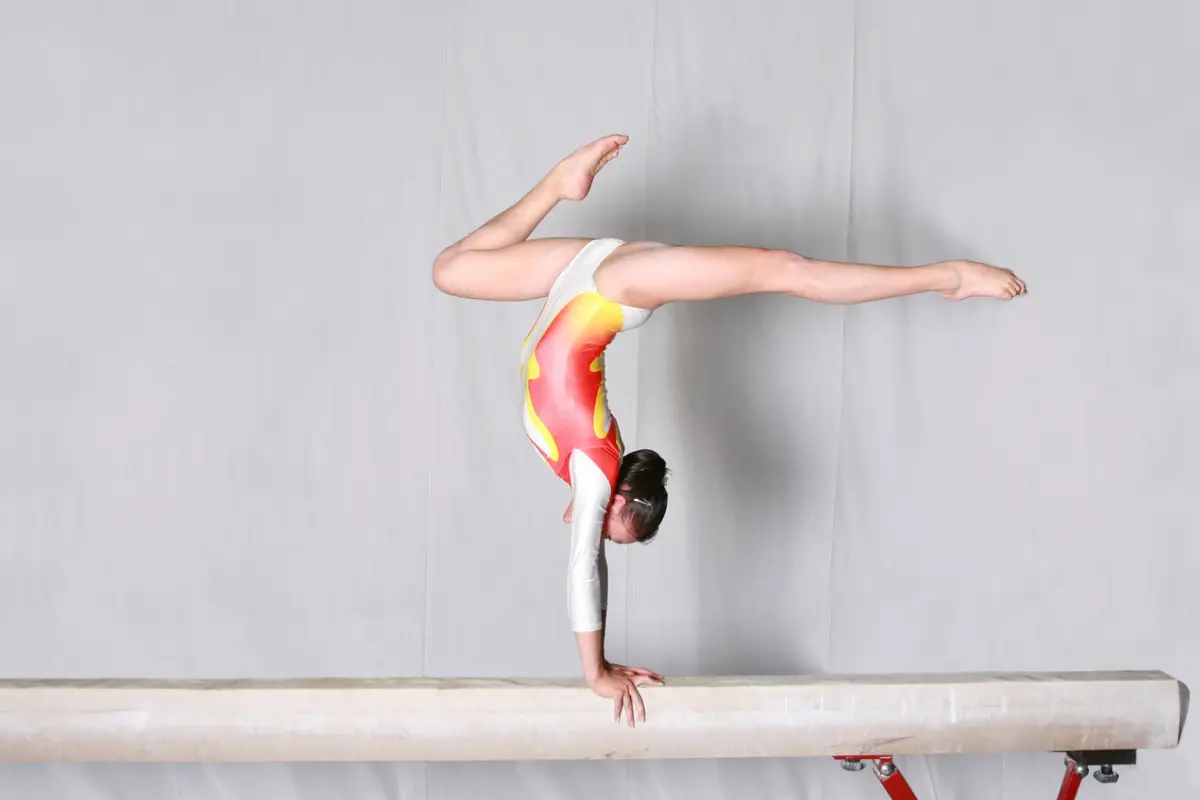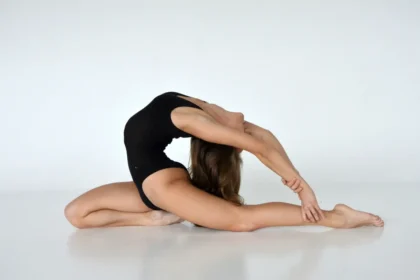When your child shows an interest in gymnastics, one of the first big decisions you’ll face is whether to stick with recreational classes or move into the competitive track. While both paths offer valuable experiences, they are very different in terms of commitment, cost, time, and expectations.
What Is Recreational Gymnastics?
Recreational gymnastics is a non-competitive, fun-focused form of gymnastics designed for kids (and adults) of all ages and skill levels. It emphasizes fitness, coordination, confidence, and basic gymnastics skills, without the pressure of competition or long training hours.
Whether your child is doing somersaults for the first time or perfecting their handstand, recreational gymnastics offers a safe and engaging way to build strength, flexibility, and body awareness through play and structured instruction.
Key Features of Recreational Gymnastics
- No competition or scoring
- 1–2 classes per week, typically 45–90 minutes
- Focus on basic skills like rolls, cartwheels, handstands, bridges, and jumps
- Age-appropriate equipment (low beams, foam pits, tumble tracks)
- Encourages fun, fitness, and social connection
- Welcomes beginners and mixed skill levels
Benefits of Recreational Gymnastics
1. Physical Development
Recreational gymnastics builds:
- Balance and coordination
- Core strength and flexibility
- Fine and gross motor skills
2. Confidence and Independence
Kids learn new skills step by step, building self-esteem with each achievement. There’s no rush or pressure—just progress at their own pace.
3. Discipline and Focus
Even in a fun setting, kids learn to:
- Follow instructions
- Take turns
- Listen to coaches
- Stay safe on equipment
4. Social Interaction
Classes provide a great chance to make friends and be part of a positive group environment—especially helpful for shy or energetic kids.
Who Is It For?
- Toddlers and preschoolers (starting at 18 months in parent-and-me classes)
- School-age children who love to climb, flip, or stay active
- Teens or adults who want to try gymnastics without competing
- Children with no prior experience or who aren’t interested in joining a team
Is Recreational Gymnastics “Real” Gymnastics?
Absolutely! Recreational gymnasts learn the same foundational skills used in competitive gymnastics, but they just do so in a more relaxed and playful environment.
Many competitive gymnasts begin in recreational classes, where they build core strength, flexibility, and love for the sport before advancing to team levels.
What Is Competitive Gymnastics?
Competitive gymnastics is a structured program where athletes train to perform routines in front of judges at meets and competitions. Unlike recreational gymnastics, which focuses on fun and fitness, competitive gymnastics is about progression, precision, and performance under pressure.
Gymnasts are grouped by level, age, and program, and each level has specific skills and routines they must learn and perfect. These routines are scored by judges based on difficulty, execution, and artistry (depending on the event).
Key Features:
- Training 2–5+ days per week
- Participation in competitions (local, regional, national, or even international)
- Progression through levels with structured skill requirements
- Focused on technique, strength, flexibility, and consistency
- Requires discipline, commitment, and resilience
Types of Competitive Gymnastics Programs (U.S.):
- Development Program (formerly JO) – More traditional and intense, used to prepare gymnasts for elite competition or college scholarships.
- Xcel Program – More flexible and accessible, with varied skill levels and a lighter time commitment, while still allowing competition.
- School or High School Gymnastics Teams – Available in some areas, offering competition within a school-based format.
Who It’s Best For:
- Gymnasts who are highly motivated and love to compete
- Athletes with strong focus, physical ability, and passion for gymnastics
- Families ready for the time and financial commitment
- Those aiming for high-level training, scholarships, or future elite competition
What to Expect:
- Regular practices (6–20+ hours/week depending on level)
- Travel to meets (sometimes out-of-state)
- Higher costs (tuition, competition fees, gear, travel)
- Detailed feedback from judges and coaches
- A strong team community and support system
In short, competitive gymnastics is for athletes who want to take their skills to the next level, compete, and grow in a structured, goal-driven environment. It’s a serious commitment—but for the right child, it can be incredibly rewarding.
Comparing Recreational and Competitive Gymnastics
| Feature | Recreational Gymnastics | Competitive Gymnastics |
|---|---|---|
| Time Commitment | 1–2 hours/week | 6–20+ hours/week |
| Cost | Lower | Higher (tuition, meets, gear) |
| Goals | Fun, fitness, basic skills | Progression, performance, medals |
| Structure | Flexible, broad age groups | Rigid, level-based |
| Coaching Style | Encouraging, relaxed | Focused, goal-driven |
| Performance Pressure | None | High (meets, scores, rankings) |
| Social Environment | Casual and varied | Tight-knit team atmosphere |
Factors to Consider When Choosing
1. Your Child’s Personality and Interests
- Do they enjoy structure and being challenged?
- Are they naturally competitive or more laid-back?
- Do they get frustrated easily, or are they resilient when learning new things?
A child who thrives under pressure, loves goal-setting, and craves achievement may enjoy competitive gymnastics. On the other hand, a child who simply loves to move, flip, and have fun may prefer the freedom of recreational classes.
2. Family Lifestyle and Schedule
- Do you have time for multiple practices and weekend meets?
- Are you able to travel for competitions?
- Do you want to keep gymnastics balanced with school, family time, and other activities?
Recreational gymnastics is far more flexible, while competitive programs often require gymnastics to become the main focus.
3. Financial Commitment
Competitive gymnastics often comes with higher costs: tuition, meet fees, coaches’ travel expenses, leotards, grips, and private lessons. Recreational classes are generally more affordable and predictable.
4. Long-Term Goals
- Does your child dream of competing, joining a school team, or earning a college scholarship?
- Or do they just love learning new skills and staying active?
Both paths can build physical fitness, confidence, and social connections—but only one is designed for serious competitive progress.
Starting with Rec, Moving to Team
Good news: you don’t have to choose right away.
Many families start with recreational classes to see how their child responds. If they show talent, motivation, and enthusiasm, coaches may invite them to join a pre-team or developmental group. This path gives your child a strong foundation while allowing time to decide if competition is truly what they want.
The key is choosing the path that fits your child’s needs, temperament, and goals—not just the one that looks the most impressive from the outside.
- Recreational gymnastics builds joy and movement.
- Competitive gymnastics builds discipline and drive.
Both can build confidence—and both are “real” gymnastics. Whatever path you choose, the sport has something meaningful to offer.


